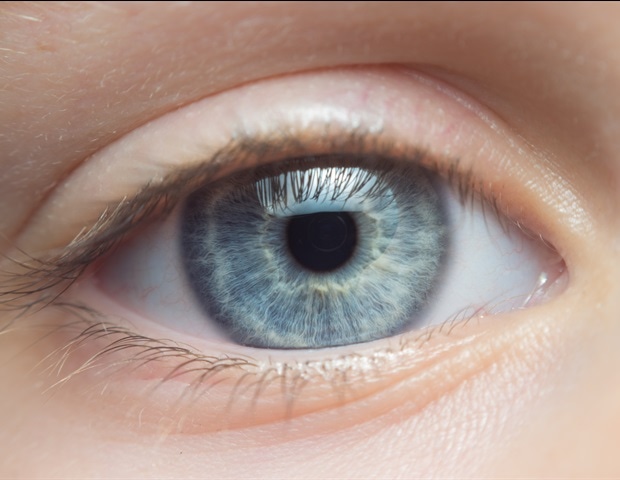[ad_1]

Researchers at NYU Langone Health were awarded $1.6 million from the National Institutes of Health (NIH) to investigate changes in the eye that may indicate early signs of Alzheimer’s disease and Parkinson’s disease.
The award, OT2OD038130, recognizes the eye as a part of the brain and its role as a window into cognitive and visual health. After the initial $1.6 million award, the grant may renew an additional two years, for a total of $4.8 million as part of the NIH Common Fund Venture Program’s new Oculomics Initiative. Oculomics is a relatively new term to describe the integrative use of technology and ocular imaging to identify retinal biomarkers of systemic disease.
The study at NYU Langone Health will apply a novel eye-imaging technology, visible-light optical coherence tomography (OCT), to detect biomarkers of neurodegenerative disease, including Alzheimer’s disease and Parkinson’s disease. Vivek J. Srinivasan, PhD, associate professor in the Departments of Ophthalmology and Radiology at NYU Grossman School of Medicine and a member of the Tech4Health Institute; and Laura J. Balcer, MD, MSCE, vice chair of the Department of Neurology and professor in the Departments of Neurology, Ophthalmology, and Population Health, will be the principal investigators.
“The goal is to find signatures of neurological disease by looking into the eye, which is an easily accessible window to the brain,” said Dr. Srinivasan. “Using visible-light OCT, we are able to capture high-resolution images of the retina to potentially detect the early and progressive changes that are associated with neurological conditions.”
Visible-light OCT can capture micrometer-level images of the retina to better detect subtle structural changes in neurodegeneration, according to Dr. Srinivasan. Traditional OCT uses near-infrared light, which can only capture at a resolution of 3 micrometers at best. Visible-light OCT also enables molecular sensitivity in the retina. The emerging technology, advanced by Dr. Srinivasan at NYU Langone, will be used to map the retina among patients referred by cognitive neurologists and clinicians in the Fresco Institute for Parkinson’s and Movement Disorders, the Alzheimer’s Disease Research Center, and the Pearl I. Barlow Center for Memory Evaluation and Treatment.
“We’re investigating important aspects of neuro-ophthalmology in this study and trying to answer three big questions,” said Dr. Balcer. “How can we distinguish eyes of those with neurological disease compared to those of disease-free individuals of similar age using visible-light OCT? How can we identify these conditions by looking at retinal layers? And how can we monitor the effects of therapies?”
Dr. Balcer, a neuro-ophthalmologist, is the career-long colleague of Steven L. Galetta, MD, the Philip K. Moskowitz, MD, Professor of Neurology and the chair of the Department of Neurology. Dr. Balcer is renowned for her team’s research linking changes to the eye as indicators of such neurological conditions as multiple sclerosis and concussion. She says that this study could lead to a breakthrough in adding vision exams to assess and potentially even diagnose Alzheimer’s or Parkinson’s diseases at early stages. Earlier detection could mean interventions are introduced sooner, or that patients can be enrolled sooner into clinical trials to help develop new therapies.
“This support by the NIH is further recognition of the important role that eye and vision play in not only how we experience our world, but also as a window into our cognitive and overall health,” said Kathryn A. Colby, MD, PhD, the Elisabeth J. Cohen, MD, Professor of Ophthalmology and chair of the Department of Ophthalmology. “Dr. Srinivasan and Dr. Balcer are leaders in advancing the emerging science of oculomics, and it’s thrilling to see this important work progress so that we might one day soon be able to slow the progression of these debilitating diseases.”
Other NYU Grossman School of Medicine investigators involved in the project include Kevin Chuen Wing C. Chan, PhD; Un J. Kang, MD; Rachel Kenney, PhD; Arjun V. Masurkar, MD, PhD; Yasha S. Modi, MD; Giulietta M. Riboldi, MD, PhD; Shy Shoham, PhD; and Einar M. Sigurdsson, PhD.
[ad_2]
Source link


